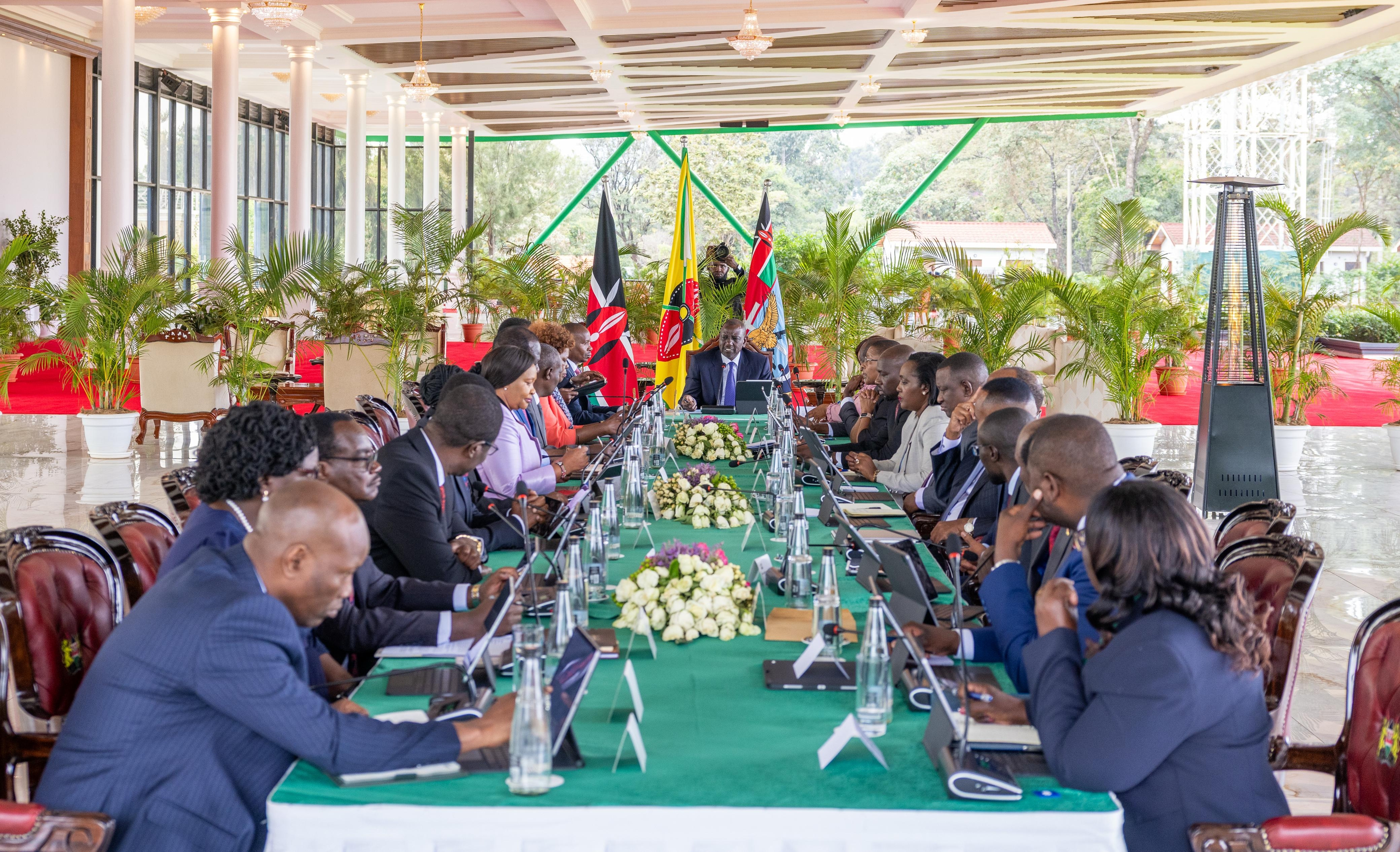Climate change and wars in sections of Sub-Saharan Africa have slowed down the efforts to eliminate tsetse flies and sleeping sickness, experts have said.
Drastic climate changes have contributed to the sudden increase in tsetse flies in some areas as well as migration from one place to the other.
In Kenya, as the country awaits the El-Nino rains, the numbers of the tsetse flies might increase but the government has assured it is ready for any eventuality.
Director of Livestock Policy Research and Regulations State Department for Livestock Christopher Wanga has urged Kenyans living in tsetse prone areas to have enough stockpile of controlling insecticides.
Wanga was speaking during the ongoing five-day 36th General Conference of the International Scientific Council for Trypanosomiasis Research and Control (ISCTRC) in Mombasa.
“El-Nino will be associated with abnormally higher amounts of rainfall. The tsetse flies will benefit by having more forested areas growing. They thrive very well in forested areas,” he said.
“There will also be a related growth in numbers of tsetse flies.”
He said incidents where there are more tsetse flies than individual farmers can tackle, the government will intervene.
“The government can quickly mobilize vector control products to support eradication because any disease that goes beyond homesteads, cannot be left to farmers,” he said.
Echoing his sentiments was the Senior Animal Health Unit of the AU-IBAR Hiver Boussini who said climate change effects have also seen areas that were known as tsetse free areas fall victim.
An Animal Health Expert at the African Union-InterAfrican Bureau for Animal Resources James Wabacha said the conference will help review the existing strategies to eliminate the disease and seal any existing loopholes.
More than 300 participants from across the world are attending the conference.
“This challenge cannot be tackled by one single country. It has to be tackled regionally and continentally,” he said.
AU-IBAR Senior Programs and Project Officer Anne Lewa said various countries will share their different experiences in tackling tsetse and Trypanosomiasis.
“Our utmost result from this workshop is knowing the level each country is and such, the level the continent is and therefore coming with a clear road map on the activities we shall undertake,” she said.
The ISCTRC Conference serves as a platform for knowledge exchange on tsetse, human, and animal trypanosomiasis.
It aims to review existing control strategies while suggesting appropriate research and control approaches.
The conference anticipates several positive outcomes including disseminating critical information on trypanosomiasis, strengthening networks among researchers and control workers, offering recommendations for research and control activities for the next two years, enhancing capacity for research and control and elevating the visibility and recognition of Kenya's role in combating this disease.
The conference will also see recommendations adopted by the council to guide research and control efforts for the next two years.

















